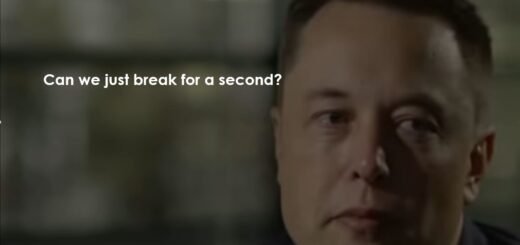Case Study – From conflict to collaboration

Our client, a global FMCG firm, was undergoing a major shift in their marketing
strategy. Although everyone agreed on the need for change, in their Japan office, its
implementation was causing confusion and increased levels of disengagement. The
senior management team, led by the CEO, wanted to get to everyone moving and
moving quickly.
We started with a full needs analysis an identified a number of pressure points
within the team. Firstly, they were overwhelmed: too many initiatives were underway
and tasks were not presented contextually so there was little sense of progression or
completion. This was leading to burn out. Secondly, a new set of behaviours was
needed to mirror the organizational changes taking place on a strategic level. Finally,
there was very little meaningful communication between the senior team members.
In meetings they operated as individual experts rather than as a roundtable of
experience when making decisions. Combined, these factors were stalling the
transformation process.
So what did we do?
We facilitated open communication and developed a common language
In this multicultural team clear communication was critical and understanding the
“why” behind the strategy became the focal point in our initial workshop. It emerged
that, as can often happen in large organizations, strategic ideals are at the mercy of
market conditions. Working from that premise allowed the team to have some very
frank discussions around expectations-what was realistic and was not both
operationally and behaviourally. By day two the team realised that they had to
navigate between two (sometimes opposing) plans with agility and understanding.
We used VUCA methodology to create a shared language and facilitate a plan to
move forward.
We tackled lack of engagement head on
The team needed to operate collectively in order to achieve their ambitious goal. In
order to develop leadership capabilities, self-awareness is critical for individuals. For
teams, developing “group awareness” is just as important. We used MBTI to
highlight individual preferences and discussed the importance of diversity in teams.
We openly discussed challenges their individual styles meant for them as a group
and explored some of the deeper drivers behind their conflict on executing plans.
This enhanced their communication helped them develop a greater understanding
and respect for one another.
Action learning projects
We facilitated action-learning projects that served a dual purpose. These initiatives
delivered both a tangible business need and helped to develop the behaviours
desired and necessary to implement the new strategy. In addition, these projects
served as a way for the senior leaders to mentor the next generation of talent.
Outcome
Eight months after our intervention, the team was more engaged and re-energised.
They are able to support one another and creatively solve problems by drawing on
the diversity of thought and approach within this multi-cultural group.






